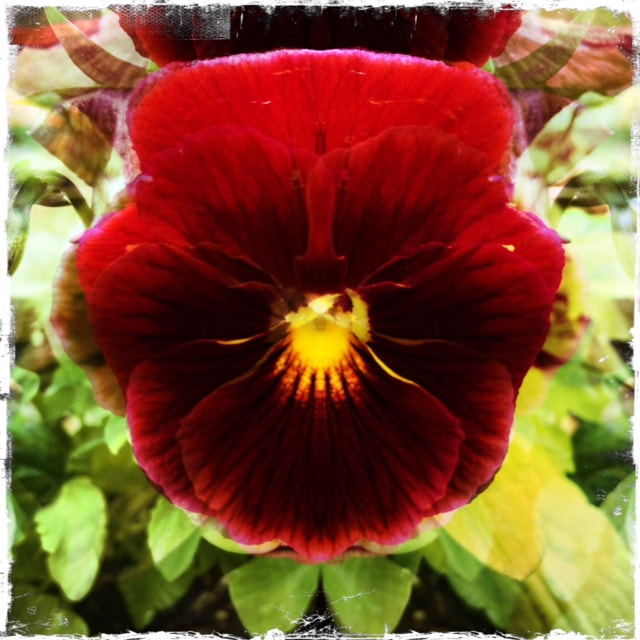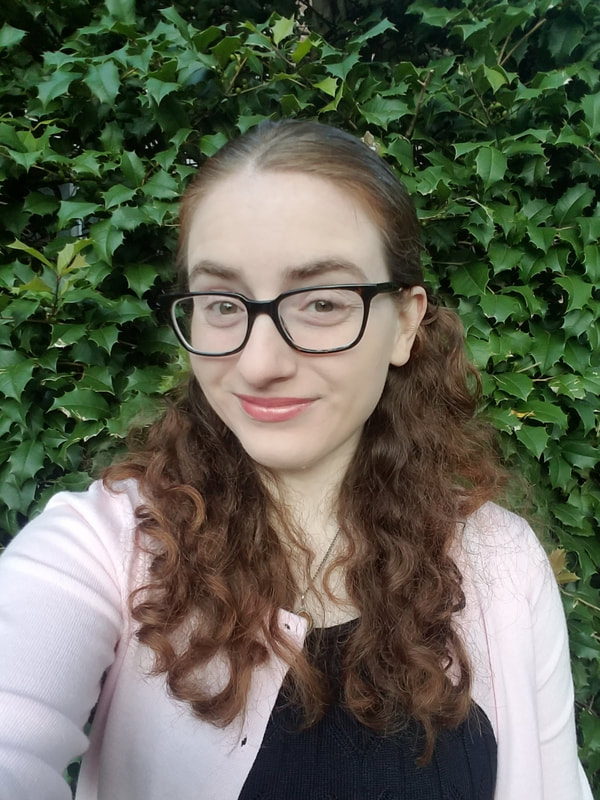ASSAY: A JOURNAL OF NONFICTION STUDIES
8.2
8.2
|
“At its best, teaching is a caring profession.”
- bell hooks, Teaching Community: A Pedagogy of Hope I. IntroductionOne semester, I was assigned to teach on the third floor of a building. Given the ebb and flow of my fibromyalgia, there was no guarantee on any given day that I could climb the steps. I discovered upon a pre-semester visit to this classroom that this particular building had no elevator. I had to put in a request for a room change with my department chair who had to put in a request with some office or dean until my course was finally moved to a different building. This was not the last time that I would have to seek a room change. As the instructor, I had enough power to change the room, but not so much power that one blanket request worked for every semester. What, I wondered, would happen to students assigned to such an inaccessible room who had signed up for my course? Would they be told they couldn’t take the course? Would they only make this discovery on the first day of classes? Would the class be moved?
In Academic Ableism: Disability and Higher Education, Jay Timothy Dolmage poses the question “Could we live in a society in which the accessibility we create for one person can also lead us to broaden and expand accessibility for all?” (10). I would further specify this query: How can radical inclusion and access for disabled people transform creative writing education? By putting the fields of Creative Writing Studies and Disability Studies into conversation with inclusive pedagogy scholarship, we might begin to examine how disability and resulting marginalization are treated within academia, creative writing classrooms, creative writing programs, and the literary world. These spaces are all interconnected, and they are spaces where ableism is entrenched in ways both obvious and insidious. In “The Significance of Crashing Past Gatekeepers of Knowledge,” Claudia Gillberg identifies this as “the ableist knowledge paradigm in which academic disciplines exist and keep producing, perpetuating and endorsing ableism, mostly unwittingly” (18-19). Access to the creative writing classroom is both a matter of equity for disabled people and a potential transformation of the classroom itself into a more inclusive space, one which is more creatively and intellectually diverse in its approaches to literature and writing. bell hooks writes in Teaching to Transgress: Education as the Practice of Freedom that “Ideally, education should be a place where the need for diverse teaching methods and styles would be valued, encouraged, seen as essential to learning” (203). In light of hooks’ assertion that there needs to be “a rethinking of the ways of knowing, a deconstruction of old epistemologies” (29), it is useful to consider Anat Greenstein’s view of “learning as contextualised and relational, created through a constant process of dialogue between people in the world” (80). Exclusively honoring ways of knowing which acknowledge abled experiences ignores a significant population of people in the world. (The CDC, for example, cites that 26% of Americans are disabled.) Whether recognized or not, disabled students, faculty, and writers are part of the context of learning. Dialogues within academia that seek to synthesize and generate knowledge must include disabled writers, students, and instructors.
|
|
Audrey T. Heffers, who also writes under Audrey T. Carroll, is a Best of the Net nominee and the editor of Musing the Margins: Essays on Craft (Human/Kind Press, 2020). Her work has been published or is forthcoming in Hawaii Pacific Review, (mac)ro(mic), Miracle Monocle, Elsewhere: A Journal of Place, So to Speak, and others. She is a bi/queer and disabled/chronically ill writer who serves as a Diversity & Inclusion Editor for the Journal of Creative Writing Studies. Her research interests include Creative Writing Studies, Queer Studies, Bisexuality Studies, and inclusive pedagogy. She can be found at http://audreytcarrollwrites.weebly.com and @AudreyTCarroll on Twitter.
|

